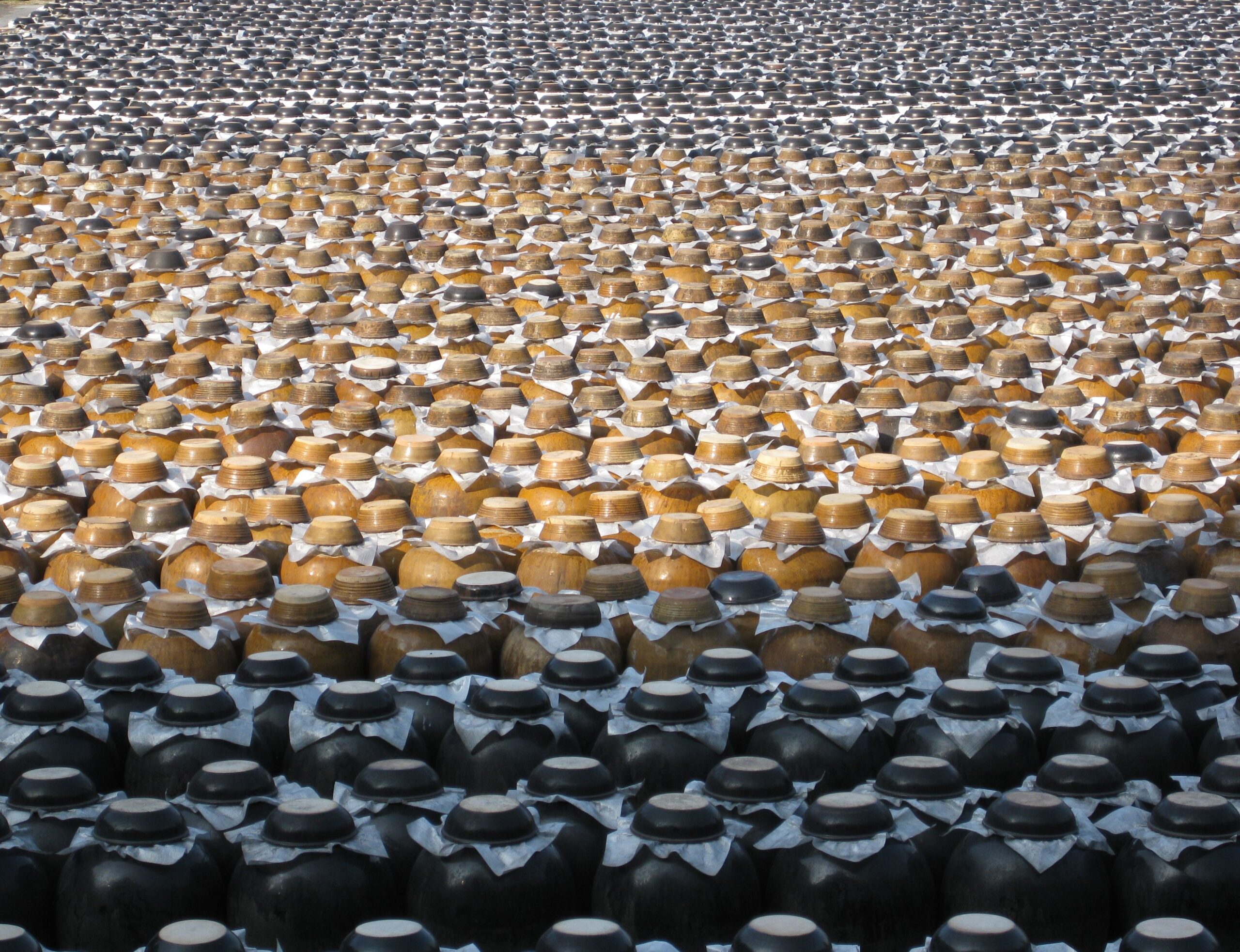Use some of those hardy herbs sitting out the winter in your garden in this ancient remedy

China: ‘Black vinegar’ denotes any of several dark, complex Chinese vinegars that usually exhibit malty and/or smoky flavours. Originating in different parts of the country and made from glutinous rice, sorghum, barley, or other ingredients, these vinegar gain their colour primarily through ageing (traditionally in clay pots). Black vinegar is often used as a dipping sauce, such as for dim sum, or as an ingredient in such sauces.
Japan: Japan is most associated with rice vinegar, which is made from sake. It is used, among other things, for dressing sushi rice. There two kinds of Japanese rice vinegar, white and brown, with the former more well-known outside Japan. (Note: mirin, a viscous, sweet Japanese rice wine, is sometimes mistaken for a type of rice vinegar, as it is also clear and tangy and has some similar flavours. However, it lacks vinegar’s acidity, and it is not actually a type of vinegar.)
Korea: A traditional condiment in Korean cuisine that is uncommon elsewhere is persimmon vinegar, called gam-sikcho (감식초). Made from the small native persimmon variety ‘Meoksi’, which is very high in tannins, this vinegar has been included in the Slow Food Ark of Taste — just like the small, tannic kea plum that forms the backbone of Artisan Damson & Sloe Vinegar.
The Philippines: Sour, or asim, is a key flavour in Filipino cuisine. In fact, one of its most iconic dishes is adobo, a pork stew based on vinegar and soy. Although coconut and palm vinegars are also widely used, the most common Filipino vinegar is cane vinegar. This vinegar comes in two forms: sukang maasim, or white cane vinegar, and sukang iloco, fermented from molasses. The former is a highly versatile plain vinegar, while the latter’s depth is reminiscent of sherry vinegar.
— Beatrix Swanson
Use some of those hardy herbs sitting out the winter in your garden in this ancient remedy
I like to give as much advance notice as I can of our projected prices for the year ahead. We are fortunate in that nearly all of the vinegar we’ll be selling in 2026 is already made and in barrels by now – so it’s easier for us to set prices ahead than it is […]
This concoction of vinegar and pungent aromatics was once used to ward off the Black Death

The Old Nuclear Bunker,
Pednavounder,
Coverack,
Cornwall
TR12 6SE
01326 281135
info@artisanvinegar.co.uk